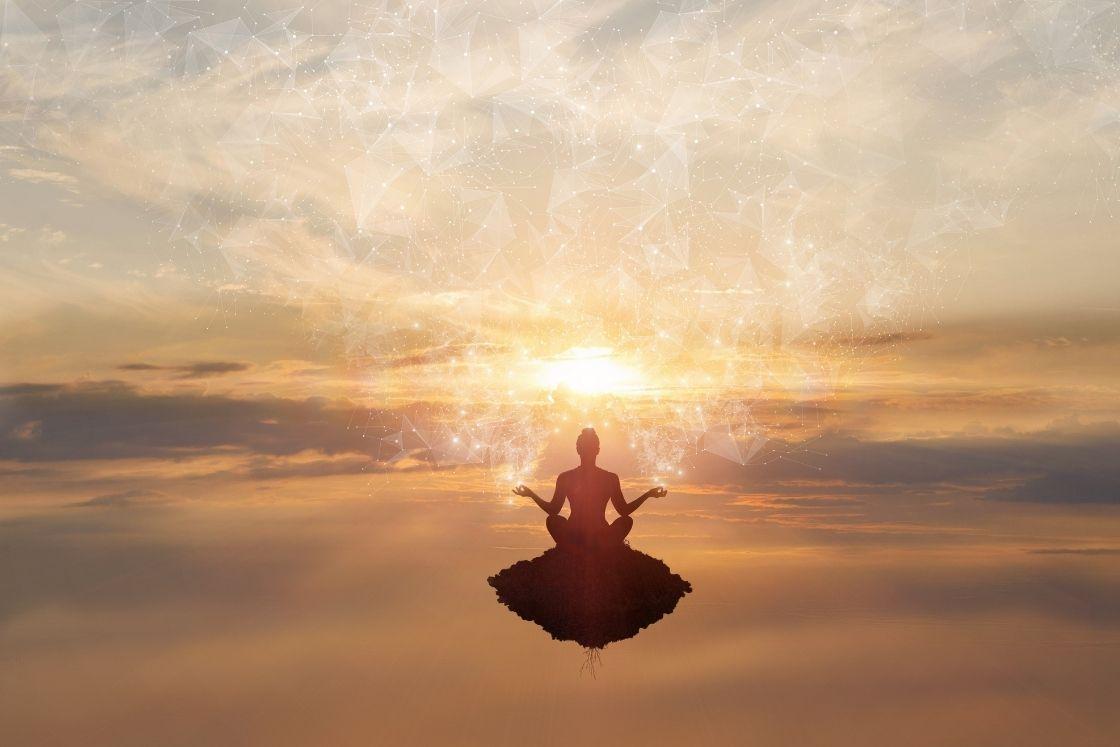Introduction to Yoga school of Philosophy
1. Introduction to Yoga Darshana

- Yoga is a significant Vedic tradition with philosophical principles.
- Patanjali systematized Yoga tenets in his Yoga-sutras, forming the Yoga Darshana.
- Yoga acts as a methodology to realize the difference between prakriti (nature) and purusha (consciousness).
- It outlines practical steps to achieve the distinction between prakriti and purusha, leading to liberation.
- Key aspects: Understanding the nature of chitta (mind), its states, activities, and control methods.
2. Definition of Yoga
- Patanjali defines yoga in Yoga-sutra II.2: "yoga chitta vritti nirodha" - cessation of mental modifications.
- Goal: Calming the mind to clearly perceive the distinction between prakriti and purusha.
3. Process of Calming the Mind
- Yoga involves simultaneous progress in physical, psychological, and moral aspects of a person.
- Process leads to a state of concentrated chitta focusing on the purusha.
- Goal: The chitta becomes completely stopped and the purusha shines in its true nature.
4. Ashtanga Marga (Eight-Limbed Path of Yoga)
-
Yama (Forbearance):
- Five Yamas: Ahimsa (non-violence), Satya (truthfulness), Asteya (non-stealing), Aparigraha (non-greed/non-possessiveness), Brahmacharya (continence)
- Negative commands (Don'ts) for ethical conduct.
- Brahmacharya: Regulated approach, not complete abstinence
* **Niyama (Observances):**
* Positive commands (Do's) for discipline and purity.
* *Shaucha*: Cleanliness of body and mind.
* *Tapas*: Neutrality to extremes, tolerance of hardship/discomfort, developing physical and mental balance
* *Svadhyaya*: Study of Vedic texts.
* *Ishvara Pranidhana*: Devotion to Ishwara (Teacher/Focus).
* *Santosha*: Contentment (different from happiness).
* **Asana (Physical Posture):**
* Only one sutra in Yoga Sutra is dedicated to asana- “Sthira, Sukha, Asana”.
* Primary goal is physical stability and comfort
* Inculcates physical fitness for further stages.
* **Pranayama (Breath Control):**
* Regulating/controlling the breath, calming the mind.
* Focusing on breath to reduce mental activity.
* **Pratyahara (Sense Withdrawal):**
* Withdrawing the senses from external world to internal focus, sensory deactivation.
* Focus on internal organs/processes.
* **Antaranga Prayoga/Yoga (Internal Practices)**
* **Dharana (Concentration):**
* Fixating on a single mental entity (e.g., tip of nose).
* **Dhyana (Meditation):**
* Continuous uninterrupted flow of thoughts on the chosen entity.
* **Samadhi (Enstasy/Absorption):**
* Oneness between the object and the thought; no thought present after a time and then only *purusha* shines.
5. Purpose and Benefits of Yoga
- Transforms psychological, moral, and physical aspects.
- Offers benefits such as stress relief and enhanced well-being.
- The true purpose is to realize the true nature of the Jiva (individual consciousness).
- Aims to liberate oneself from the cycle of mundane existence.
- More than just physical exercises; it is a way of life.
- Seeks metaphysical understanding, not just temporary happiness, but happiness arising from within that is lasting happines.
